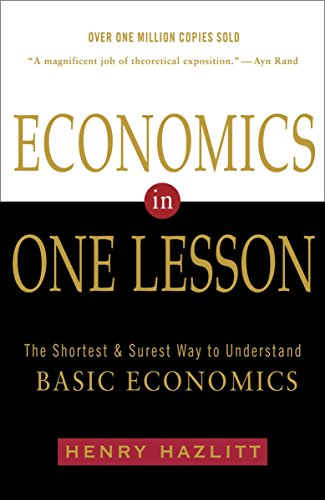Most economic statistics don’t lie, but they mislead.
The statistics produced by the Bureau of Labor Statistics are pretty good, according to prevailing economic theory and statistical theory, but they are misleading to a fault. This is not because the government rigs the statistics. It is because objective statistics cannot deal effectively with subjective value. But subjective valuation is the essence of economic theory. This was discovered in the early 1870’s. The statisticians still have not come to grips with this development. They try hard, but the labor theory of value is wrong. They fail.
Let me prove this to you.
ANCHOR YEAR: 1970
 Man, Economy, and Stat...
Best Price: $23.43
Buy New $29.95
(as of 08:10 UTC - Details)
Man, Economy, and Stat...
Best Price: $23.43
Buy New $29.95
(as of 08:10 UTC - Details)
Why 1970? Because that was a census year. Also, Nixon abolished the last traces of the gold standard on August 15, 1971.
Beginning sometime around 1973, American household economic real growth began to slow. The tremendous increase that had taken place from 1946 to about 1973 never again reappeared.
I like Dave Manual’s statistical insights. He offers a table that shows median household income from 1967 to 2012. In 1970, it was $46,000, adjusted for inflation. In 2012, it was $51,000. So, if we’re going to look at American
 Human Action: The Scho...
Best Price: $6.75
Buy New $15.36
(as of 05:45 UTC - Details)
economic progress from the point of view of median household income after price inflation, we have been in a period of stagnation.
Human Action: The Scho...
Best Price: $6.75
Buy New $15.36
(as of 05:45 UTC - Details)
economic progress from the point of view of median household income after price inflation, we have been in a period of stagnation.
But there is a problem with looking at our lifestyles in terms of the figures regarding median real household economic growth per annum. A great deal is concealed by the statistics. A lot of you cannot remember what it was like in 1970, but I can, at least vaguely. If I think back to what it was like to live in 1970, and I leave out anything controlled by government, there are only a few areas in my life where I would not regard a return to 1970 as a disaster.
One is housing costs. That is because I lived in Southern California in 1970, and the world of Southern California real estate is much more expensive today than it was in 1970. Also, I would enjoy the freeway traffic of 1970. But let’s face it: the big changes in Southern California have come as a result of a tremendous increase of population, all trying to fit into Southern California. That is because people want to live there. I wanted to leave, which I did in
 Economics in One Lesso...
Best Price: $2.43
Buy New $7.43
(as of 12:35 UTC - Details)
1971.
Economics in One Lesso...
Best Price: $2.43
Buy New $7.43
(as of 12:35 UTC - Details)
1971.
Another area is clothing. It was about the same in 1970. But I buy so little clothing that this would not matter. Most men don’t buy suits very often. They didn’t in 1970, either. I can remember buying several three-piece suits that were made by a Hong Kong tailor in 1971, and I spent just about what I would spend today to buy suits from a tailor in India. The quality of the suits is about the same. Discounted for inflation, the price of the suits today is about the same — maybe a little cheaper. But I buy almost no suits. I have bought three suits since 1995. Three of the four suits that I bought in 1994 sit in my closet, unused — never even tailored.
A third area is household cleaning: clothes washers, clothes dryers, irons, dishwashers, and vacuum cleaners. My wife just bought a replacement for her 1970 Viking sewing machine, which she bought used in 1975. She paid $125 on eBay. Today’s machines are computerized. They are no more expensive. She likes the used 1970 machine better.
 The Road to Serfdom: T...
Best Price: $3.06
Buy New $1.99
(as of 03:40 UTC - Details)
The Road to Serfdom: T...
Best Price: $3.06
Buy New $1.99
(as of 03:40 UTC - Details)
Everyone acknowledges that medical procedures are far better today. They are more expensive, but that is because of government intervention. Medicare was barely a blip on the statistical radar in 1970.
Consider automobiles. Automobiles today are far more efficient than they were in 1970. Gasoline mileage is superior. Diagnostics are superior. Cars last longer than they did back then. There were almost no Japanese cars on the road in 1970. There were no Korean cars. Everything was controlled by Detroit’s big three, and the big three were putting out substandard cars compared to automobiles today. There were no minivans. There were no SUV’s. There were muscle cars. Who bought them? Teenage boys of all ages.
If we look at international trade, it was much worse back then. The range of choice was therefore less.

https://www.census.gov/foreign-trade/statistics/graphs/gands.html




